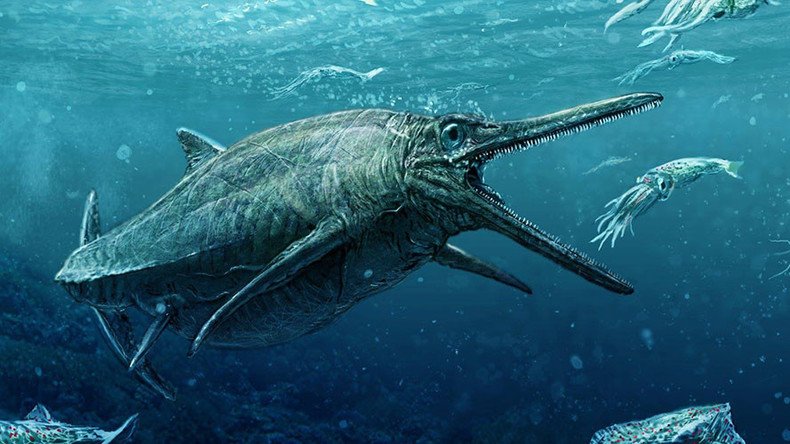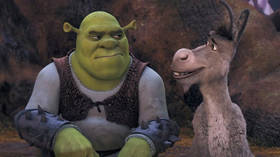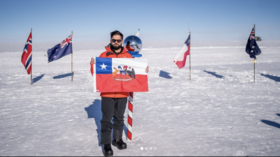Nessie's cousin? Scotland finally reveal ancient skeleton of Jurassic monster (PHOTO)

Five decades after it was discovered on an Isle of Skye beach, the remains of a 170 million year old sea monster are going on public display.
While finding definitive proof of Scotland’s mythical Loch Ness monster still proves elusive, Nessie hunters may take some solace in the remains of the Storr Loch beast, described by scientists as the “crown jewels” of fossils.
The Storr Loch monster was discovered in 1966 - more than 30 years after the first Nessie sighting - by a power station manager as he walked along a beach on the Isle of Skye.
Identified as an extinct Ichthyosaur, the “dolphin-like” creature is said to have been a fearsome four-meter-long predator which tore apart its prey with cone-shaped teeth.
Mysterious #StorrLochsMonster unveiled by @SteveBrusatte in fossil study by @EdinburghUni@NtlMuseumsScot and @SSEpic.twitter.com/wGAUHK0i86
— Ed Uni Press Office (@EdinUniMedia) September 5, 2016
According to the University of California’s Museum of Paleontology, the “fish lizard” was extremely fast and could surface for air like whales.
Living off a diet of fish and squid, the animal died out during the Cretaceous period, several million years before land-based dinosaurs.
For 50 years, the creature’s skeleton has been preserved at the National Museums Scotland. However, after a joint project with the University of Edinburgh and museum curators, the Storr Loch has been released from the ancient sediment that had encased it.
Scientists say it is the most complete skeleton of an ancient dinosaur era reptile that has ever been found in Scotland.
“Ichthyosaurs like the Storr Lochs Monster ruled the waves while dinosaurs thundered across the land,” the University of Edinburgh’s Dr Steve Brusatte said of the creature. “Their bones are exceptionally rare in Scotland, which makes this specimen one of the crown jewels of Scottish fossils.”
“It’s all thanks to the keen eye of an amateur collector that this remarkable fossil was ever found in the first place, which goes to show you don’t need an advanced degree to make huge scientific discoveries.”
Dr Nick Fraser, from National Museums Scotland, says the skeleton is another example of how rich Skye is in fossils.
“Collaborations between scientists… are beginning to shed new light on the Middle Jurassic [period] of Skye - a time when dinosaurs were dominant on land but mammals were also diversifying,” he said.
Skye is regarded as an archaeologists dream - the island houses early human settlements as well as dinosaur footprints. In 2015, researchers from the University of Edinburgh found large tracks made by the long-necked sauropod dinosaur.
@BBCGaryR Here's a photo of one of the dinosaur footprints at Staffin Beach in Trotternish, Isle of Skye. pic.twitter.com/8UU7m3cN46
— Douglas Griffin (@dgriffinphoto) February 10, 2016
One of the largest dinosaurs, the sauropod was a plant-eater and distant relative of the diplodocus.
The Storr Loch Monster is expected to be unveiled at a number of locations around Scotland.













